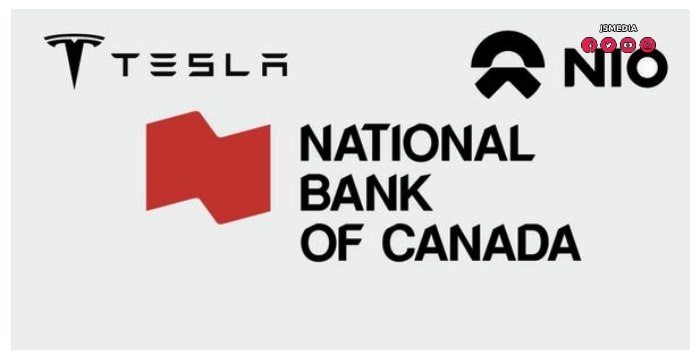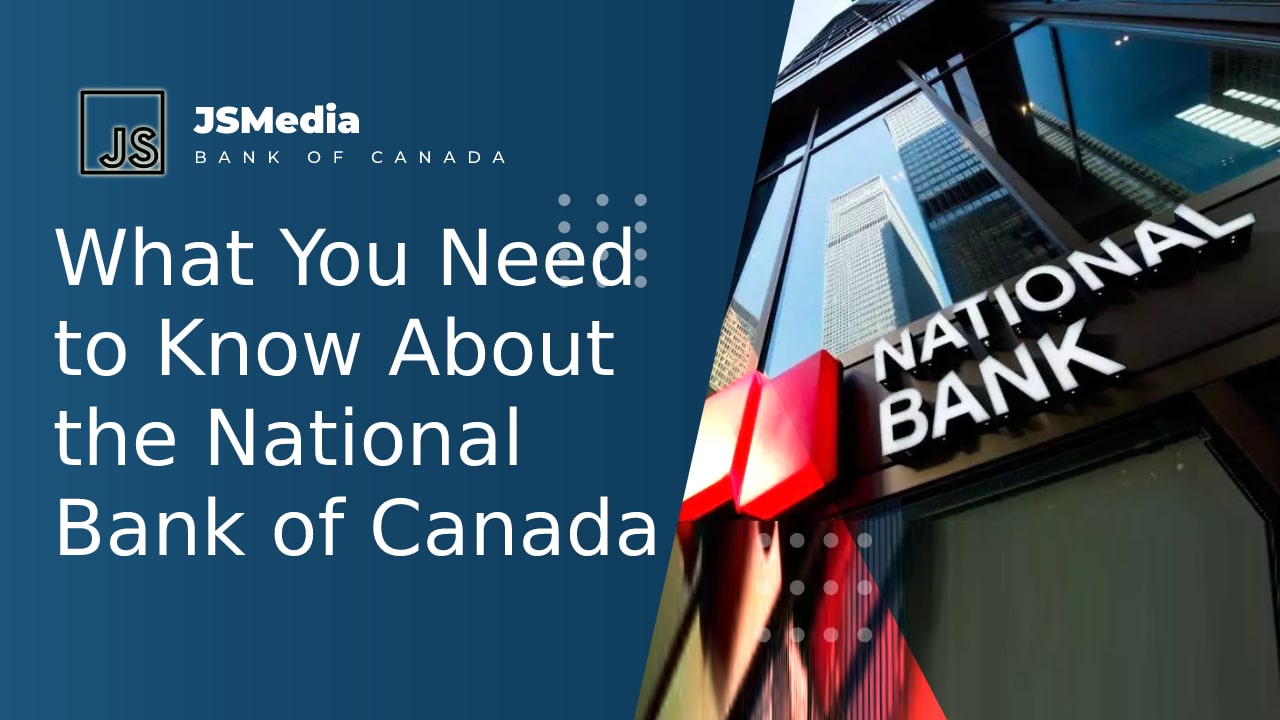JSMedia – The National Bank of Canada is the sixth largest commercial bank in Canada, with offices in all provinces. Founded in 1851, the bank has over 2.4 million personal clients. The bank has branches across the country and serves both personal and business clients. In addition to being the largest financial institution in the country, it also offers a range of financial services to its customers. To learn more about the bank and its services, check out their website.
The Bank of Canada was chartered on 3 July 1934 under the Bank of Canada Act. This legislation created the institution as a private corporation, free from partisan political influence. Its purpose was stated in the preamble of the Bank of Ontario Act, and was stated as: “to regulate credit, control and protect the external value of the national monetary unit, and promote economic welfare”. The purpose of the bank’s charter is to ensure that the economy is stable and prosperous.
The Bank of Canada operates three main segments, Personal and Commercial, Wealth Management, and Financial Markets. The Personal and Commercial segment provides banking services and lending services to individuals and businesses. The Wealth Management segment offers trust and wealth management services to individuals. The Business Development Bank of Canada (BDC) was founded in 1944 by Act of Parliament and has branches throughout the country. In the early 1960s, the bank saw inflation increasing and the need to lower the money supply. The new head of the NationalBank of Canadian was Louis Vachon, who positioned himself for the top job at the top.
What You Need to Know About the National Bank of Canada

In 1988, the National Bank of Canada formed its own brokerage firm, NationalBank Securities Inc., which provided discount brokerage, mutual fund, and immigrant investor services to clients. In 1989, the NationalBank of Canada acquired Levesque Beaubien, and Geoffrion Leclerc, merging the two firms to form The Toronto-Dominion Bank. In 2010, the banks launched the company’s first online retail banking platform, which is named after the city of Montreal.
As the economy began to recover, the Bank of Canada began to increase its prime rate. Its target overnight rate, or LIBOR, was raised to 3.45%. The National Bank of Canada’s economic growth was estimated to reach 3.75% in 2018, and the bank looked to the western provinces to get new business. Caisse Desjardins, a Quebec-based financial institution, was challenging the National and became the sixth-largest Canadian bank by assets.
In March 2009, the Bank of Canada’s residential mortgage portfolio was worth $83.8 billion, compared to $78.3 billion a year ago. The bank’s LTV, or leverage to income ratio, is 54%. In 2015, the Bank of America’s LTV was 0.75%, compared to 1.25% a year ago. The LTV is the average percentage of debt in a given home.
In its early days, the National Bank of Canada operated 15 U.S. branches. Afterwards, it had plans to open even more branches and even consider acquiring U.S. retail banks. In the end, it became the fifth largest Canadian bank and one of the most profitable global banks by return on equity. Although this was a successful acquisition for the bank, it also left the bank with some problems. The financial crisis led to a large loss for the bank and a high-risk level for the banks involved.
The National Bank of Canada has been a member of UNEP’s Financial Institutions for the past 35 years. As a member of the UNEP FI, the bank supports sustainable development and helps its business strategy align with the needs of society. Its sustainability initiatives also include the use of renewable energy sources in its operations and community. The Governing Council is responsible for setting and maintaining the overnight interest rate. This rate is also called the key policy rate and it is set on fixed announcement dates eight times a year.
The National Bank of Canada is a federal government-owned institution that provides retail and commercial banking services. Its branches are spread across the country and serve mostly the province of Quebec. The bank also provides insurance, mutual funds, brokerage, and investment counseling services to its clients, and services for high-net-worth clients. While its business has expanded, the bank has become less geographically concentrated. However, it still remains the second largest financial institution in Canada.

